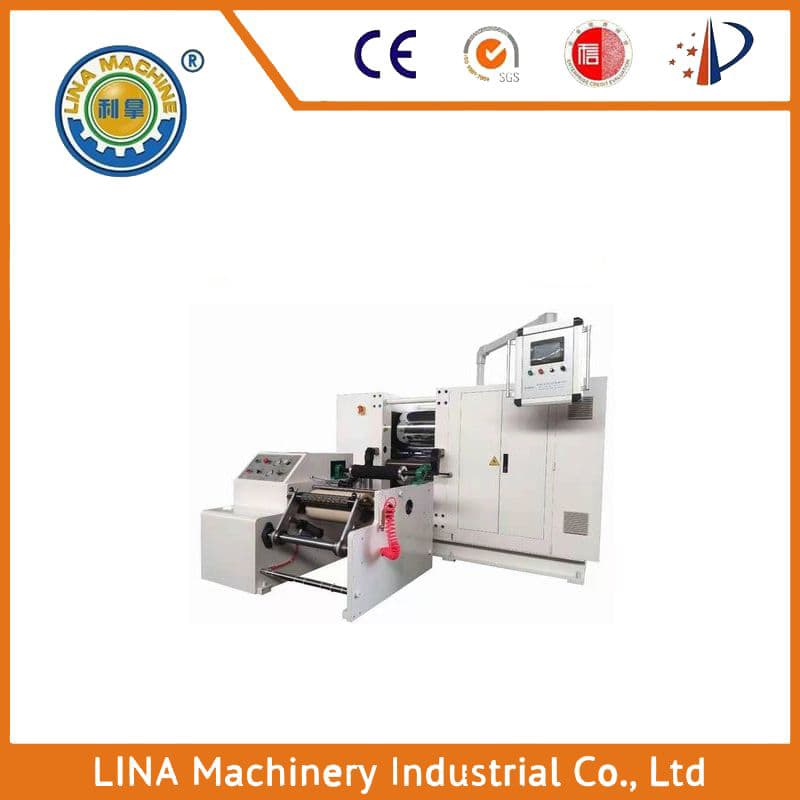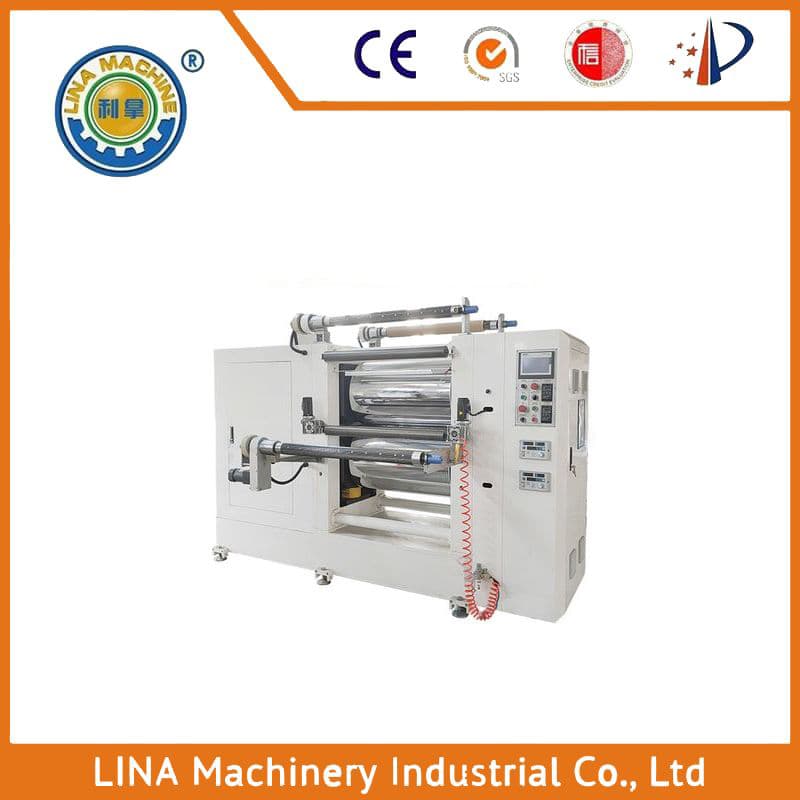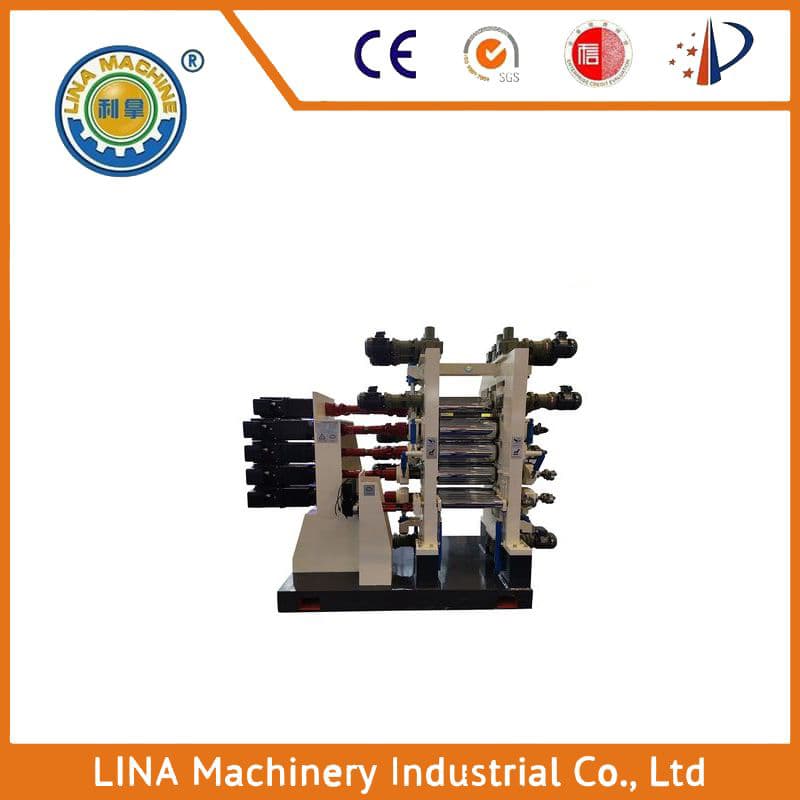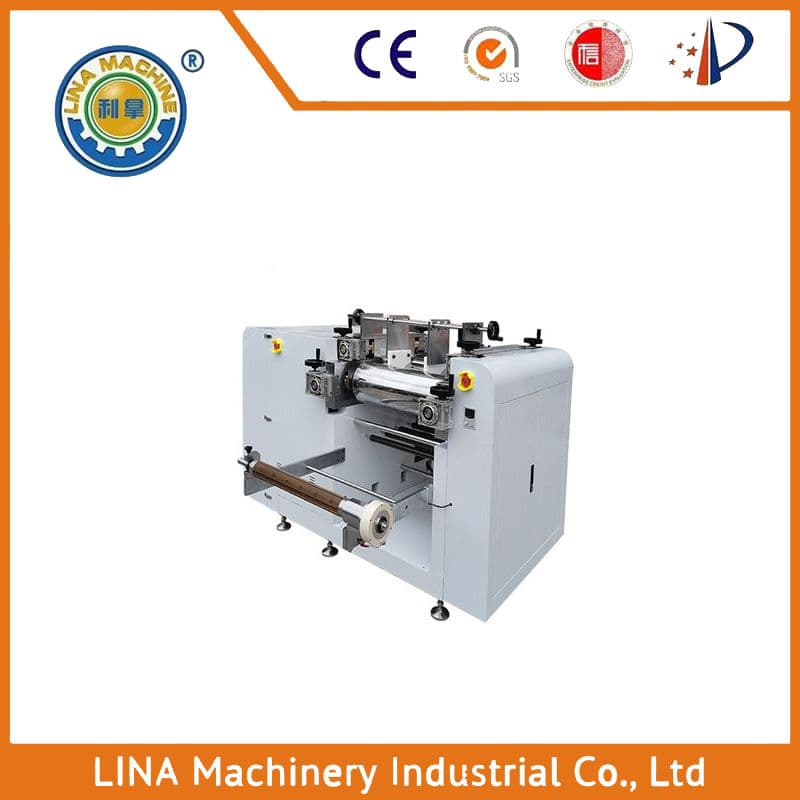




Graphite bipolar plate rolling machine production line
So far, bipolar plates can be divided into three categories based on their materials: graphite plates, composite plates, and metal plates. Graphite bipolar plates are currently the most commonly used type of bipolar plate. Lina Industrial has been focusing on the process and equipment research and development of functional new materials, providing a comprehensive solution for new material production enterprises from laboratory to mass production, greatly accelerating the process of new materials from laboratory to mass production. For the production of graphite bipolar plates, our company has invested a lot of technology and manpower to develop them
TAG:
So far, bipolar plates can be divided into three categories based on the different materials: graphite plates, composite plates, and metal plates. Graphite bipolar plates are currently the most commonly used type of bipolar plate. Guangdong Lina has been focusing on the process and equipment research and development of functional new materials, providing a comprehensive solution for new material production enterprises from laboratory to mass production, greatly accelerating the process of new materials from laboratory to mass production. For the production of graphite bipolar plates, our company has invested a lot of technology and manpower in development, and customized compression machines for different production processes. Compared with traditional rolling equipment, our graphite bipolar plate rolling machine production line equipment has high accuracy, energy saving and environmental protection!
Features of the equipment
1. Verified processes and equipment that can meet the production needs of ultra-thin and ultra-high precision rolling of lithium battery materials;
2. One machine is versatile, can be combined or used separately, and can adapt to different material viscosities and production processes for continuous, stable, and efficient production;
3. Effectively solve customer problems, non stick rollers, smooth and even surface without bubbles;
4. Higher precision and stability: Years of accumulated high-precision rolling and stable control of products at the micrometer level.




